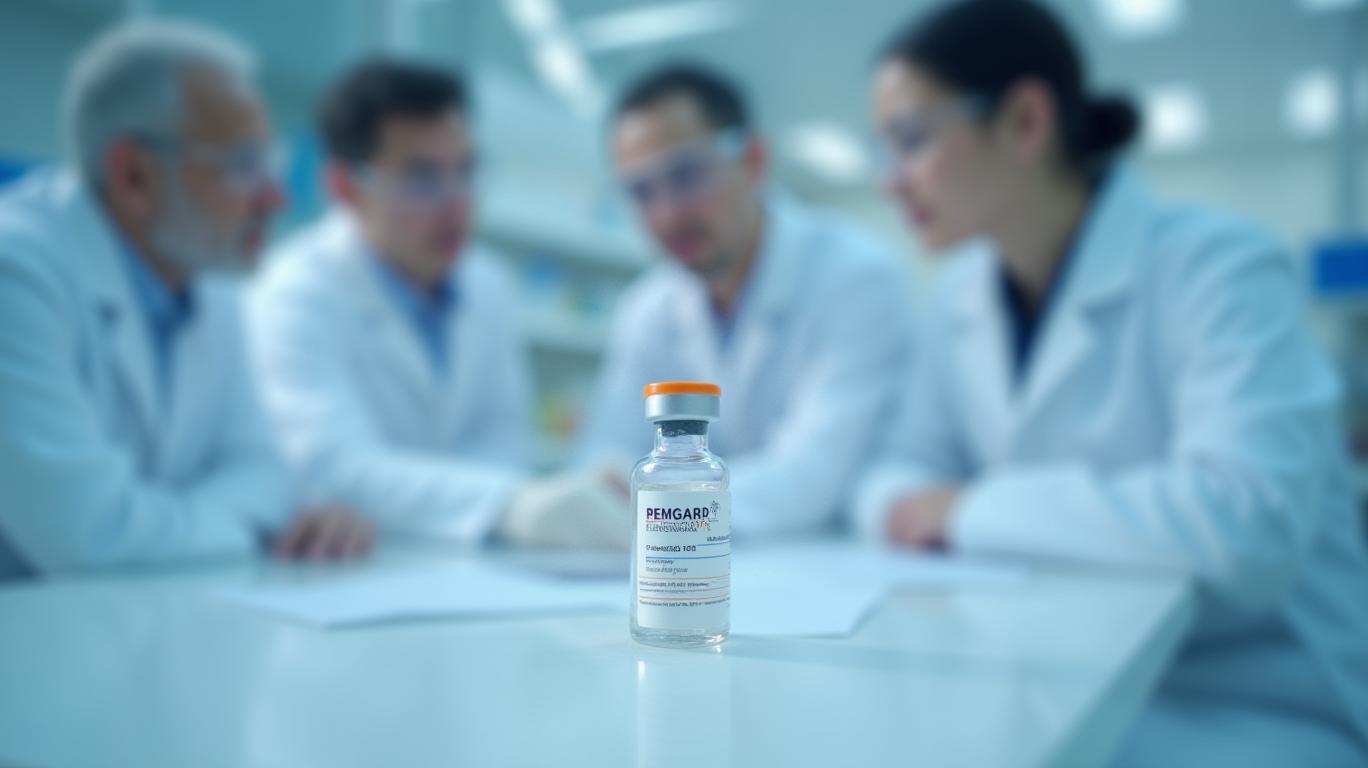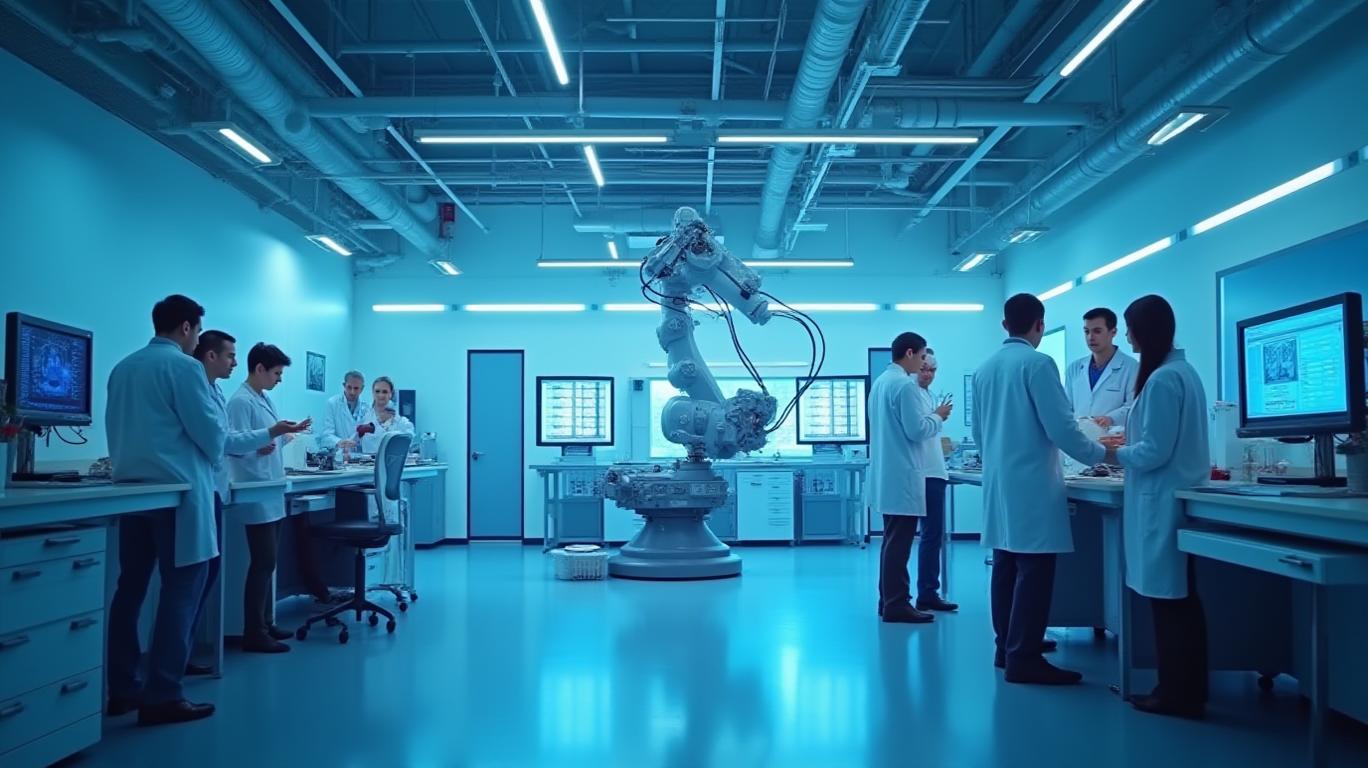Inotiv's Strategic Overhaul: How the RMS Site Optimization Could Drive Long-Term Gains
Inotiv, Inc. (NASDAQ: NOTV) has unveiled an accelerated timeline and enhanced savings projection for its RMS (Research Models & Services) site optimization plan, signaling a pivotal shift in its operational strategy. The revised plan aims to deliver $6 million to $7 million in annual cost savings by the end of fiscal 2026—a significant increase from the prior $4 million to $5 million target—while requiring a $6.5 million upfront investment to streamline North American facilities. This move positions Inotiv to capitalize on rising demand for preclinical research services, particularly in the non-human primate (NHP) sector, while reducing vulnerabilities to external pressures like fluctuating client R&D budgets and regulatory changes.
The Revised Plan: Scope and Financial Implications
The optimization initiative, first outlined in early 2025, has been refined to accelerate timelines and sharpen cost-cutting measures. Key components include:
- Facility consolidation: Aligning North American sites to better serve evolving client needs, such as unified logistics and improved compliance with the FDA Modernization Act 2.0.
- Asset divestiture: Two properties were already placed under contract for sale by March 2025, with more expected as the plan progresses.
- Operational efficiency: Reducing reliance on third-party transportation and integrating in-house logistics to cut costs.
The upgraded savings target—from $4-5M to $6-7M—reflects Inotiv’s confidence in optimizing colony management and reducing overhead. This is critical for the RMS segment, which saw its operating income surge to $11.4 million in Q2 2025, a stark turnaround from a $30.6 million loss in the same period last year. The improvement was fueled by the absence of a one-time $26.5 million DOJ-related charge in Q2 2024 and a $7.6 million settlement from Freese and Nichols, Inc. (FNI).

Revenue Dynamics: Balancing Growth and Volatility
While RMS revenue rose 9.1% year-over-year to $79.0 million in Q2 2025, driven by higher NHP sales, year-to-date (YTD) revenue dipped 4.4% due to strategic NHP pricing adjustments. This underscores Inotiv’s delicate balancing act: maintaining top-line growth while managing inventory and market volatility. The company’s focus on long-term contracts and recurring service revenue—such as colony management—aims to stabilize this trajectory.
Risks and Mitigation Strategies
Despite the optimistic outlook, challenges remain. External risks, including tariffs on imported NHPs and shifting client priorities, could pressure margins. Inotiv’s mitigation plans include diversifying client relationships, expanding high-margin services, and leveraging its $38 million cash reserve (as of March 2025) to fund operational upgrades.
Market Context and Valuation Considerations
Investors should monitor Inotiv’s ability to sustain its Q2 momentum. The RMS segment’s Adjusted EBITDA rose to $8.0 million (6.4% of revenue) in Q2 2025, up from $3.1 million (2.6% of revenue) in Q2 2024—a strong indicator of margin expansion. However, the RMS backlog dropped to $130.8 million YTD 2025 from $142.1 million in 2024, suggesting cautious client spending.
Conclusion: A Strategic Gamble with High Upside
Inotiv’s revised RMS optimization plan is a calculated bet on operational efficiency and regulatory alignment. With a $6.5M investment and a $6M-$7M annual savings target, the company aims to transform its financial profile. Key data points support this thesis:
- Cost Reduction Success: The RMS operating income rebound from a $30.6M loss to an $11.4M profit in one year highlights the plan’s early efficacy.
- Liquidity Strength: A $27.5M equity offering in late 2024 bolstered cash reserves, providing a safety net for execution risks.
- Strategic Focus: Shifting toward recurring revenue streams (e.g., colony management) reduces reliance on volatile NHP sales.
While headwinds like regulatory uncertainty and pricing pressures persist, Inotiv’s accelerated timeline—targeting completion by September 2026—suggests a disciplined approach. For investors, the stock’s valuation (currently trading at ~10x forward EBITDA) offers a compelling entry point if the savings targets are met. However, success hinges on execution: any delays or cost overruns could undermine the projected returns.
In summary, Inotiv’s RMS overhaul is a bold move with the potential to redefine its competitive position in the preclinical research space. The stakes are high, but the rewards—streamlined operations, stronger margins, and shareholder value creation—could make this a landmark decision for the company’s future.



_23f7f7eb1749627884277.png)





